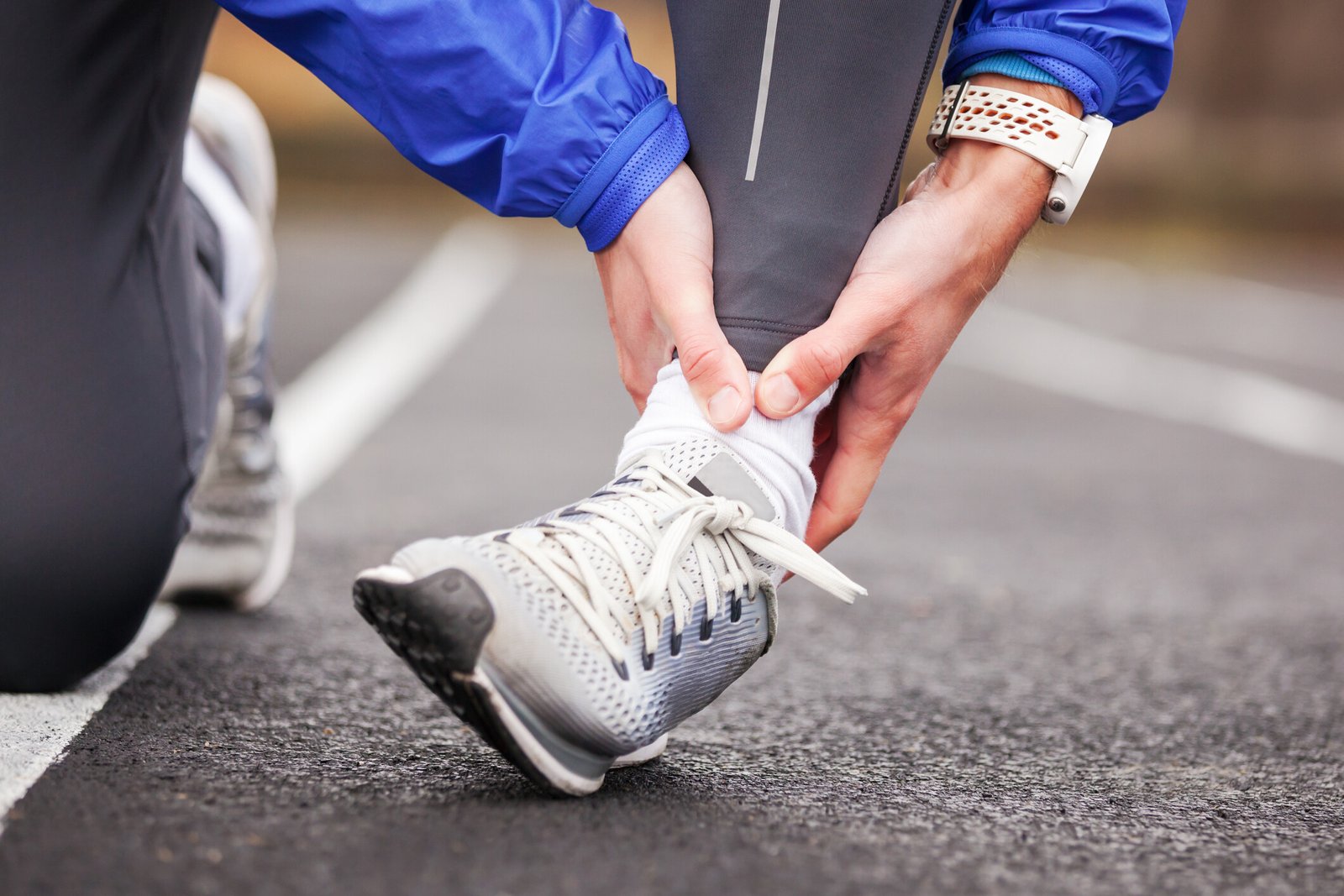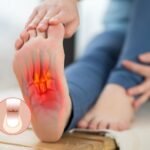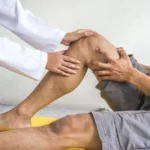Ligament tear injuries are common and majorly affects the mobility and quality of life of the patient. Ligaments are tough, fibrous bands of tissue that connect bones, providing stability and support to the joints. Excessive force or stress can tear the tissue, leading to pain, swelling, and functional impairment. In this blog, Dr S Mahanta and the team of The Bone Clinic, orthopedic hospital in Dwarka, will explain everything about ligament tear injuries and how to treat them along with the tips for quick recovery.
Ligament tear injury explained
A ligament tear is a partial or complete tear of a ligament, which can happen when a ligament is stretched fully and then impacted or traumatized. Ligament tears can occur in the ankle, wrist, or knee and are often caused by twisting body parts or awkward landings. People who play sports that involve full contact or frequent changes of direction are more likely to injure their ligaments.
The two most common ligament tears are the anterior cruciate ligament (ACL) and meniscus in the knee. An ACL tear can occur when the knee is hit hard on the side, overextended, or quickly stopping and changing direction.
Causes of Ligament Tear Injuries
Various factors cause the ligament tear injuries, such as:
- Sudden twisting motion
- Sudden, direct impact
- A blow to the outer side of the knee
Complex knee ligament conditions can also be caused by a “high impact trauma,” such as a fall from a high place, a motor vehicle collision or an industrial accident.
Some sports that have a higher risk of knee ligament injuries include Skiing, Basketball, Football, and Hockey.
Symptoms of Ligament Tear Injuries
These are the symptoms of ligament tear injuries:
- Pain and tenderness in the affected area
- A popping sound when the injury occurs
- Swelling and bruising
- Inability to bear weight on the joint
- A feeling of looseness in the joint
- A feeling that the knee gives out from under you
- Limited knee movement
- Loss of full range of motion
- Discomfort while walking
It is advisable to visit the nearest hospital to get the injury treated on time and avoid complexity.
Diagnosis of Ligament Tear Injuries
A bone doctor can diagnose a ligament injury by performing a physical exam and imaging tests. During the exam, the doctor will evaluate your medical history, assess your range of motion, and check for swelling, tenderness, stability, and ACL function. Imaging tests can help the doctor identify other potential injuries, such as bone injuries:
X-ray: Uses electromagnetic energy beams to create images of internal tissues, bones, and organs on film.
MRI: Uses large magnets, radio waves, and a computer to create detailed images of organs and structures within the body.
Arthroscopy: A minimally invasive diagnostic and treatment procedure used for joint conditions.
Treatment Options for Ligament Tear Injuries
Treatment options for ligament tear injuries depend on the type of injury, the patient’s symptoms, and activity goals.
Non-surgical treatments are usually appropriate for grade 1 injuries, while surgical treatment is recommended for grade 3 or complete tears.
- Grade 1: A mild tear with a few injured fibres, local tenderness, and no instability.
- Grade 2: A moderate tear with more fibre damage, tenderness, and slight instability or abnormal motion.
- Grade 3: A complete tear, also known as a rupture, with distinct instability.
Non-surgical treatments include RICE therapy, rehabilitation, crutches, knee braces, etc.
RICE therapy
RICE is a treatment method for muscle, tendon, or ligament injuries that involves rest, ice, compression, and elevation. It is often used as first aid for musculoskeletal injuries and conditions in both athletic and everyday settings.
Rest: Avoid using the injured area as much as possible, especially weight-bearing activities, for 24 to 48 hours.
Ice: Apply ice packs or bags of frozen vegetables to the area as soon as possible, but avoid touching the skin directly.
Compression: Wrap an elastic bandage over the damaged region to give support, decrease blood flow, and control swelling.
Elevation: Maintain the region elevated above the level of the heart to decrease swelling.
Rehabilitation
Physical therapy is a key part of ligament rehabilitation. A therapist may use a combination of techniques to help with Pain relief, Coordination, Strength, and Flexibility. A therapist may also provide exercises and stretching routines to do at home. The objective of physical therapy is to restore a joint’s normal and safe function as quickly as feasible.
Crutches
The doctors may prescribe crutches after a ligament injury to help with balance and stability, or if the leg is weak or painful. Crutches may be used for a short time to help with pain and swelling in the early stages of an injury. As pain and swelling subside, activity can gradually increase.
The time it takes to fully recover from a sprain or strain is determined by the severity of the injury and the individual’s rate of healing. For example, a moderate ankle sprain may require 3 to 6 weeks of rehabilitation before a person can return to full activity. A serious sprain might take 8 to 12 months to fully recover. The patients must follow the doctor’s advice to achieve quick and full recovery.
Visit the best orthopaedic in Delhi near you to get treated and return to your normal life.




